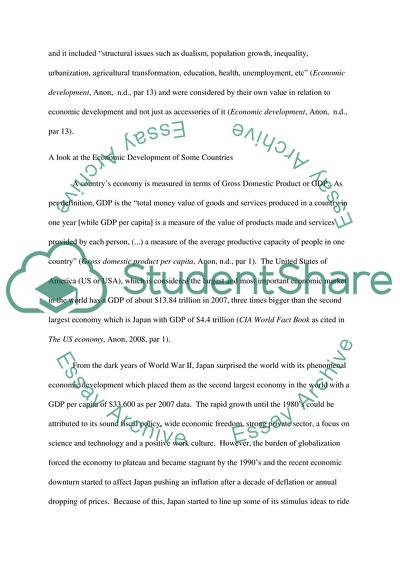Cite this document
(“Social Dimensions of the Economic Growth Essay Example | Topics and Well Written Essays - 2000 words”, n.d.)
Retrieved from https://studentshare.org/miscellaneous/1554367-social-dimensions-of-the-economic-growth
Retrieved from https://studentshare.org/miscellaneous/1554367-social-dimensions-of-the-economic-growth
(Social Dimensions of the Economic Growth Essay Example | Topics and Well Written Essays - 2000 Words)
https://studentshare.org/miscellaneous/1554367-social-dimensions-of-the-economic-growth.
https://studentshare.org/miscellaneous/1554367-social-dimensions-of-the-economic-growth.
“Social Dimensions of the Economic Growth Essay Example | Topics and Well Written Essays - 2000 Words”, n.d. https://studentshare.org/miscellaneous/1554367-social-dimensions-of-the-economic-growth.


